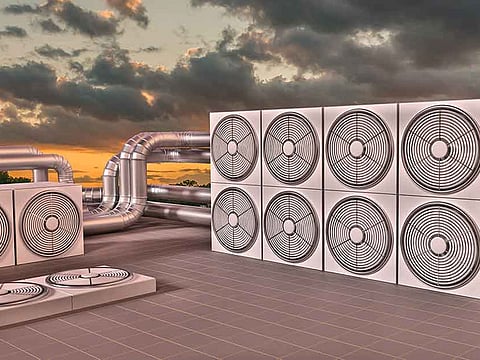Commercial air conditioning: Cool tech in the pipeline
A quick look at the technology set to change the way your office ACs function

Interesting things are in store for the HVAC industry. Whether it’s the upgrading of traditional systems or the internet of things (IoT) enabling advances or magic bricks that cool a room without an AC, there’s a world of weird, wonderful solutions around the corner. Here are five of the coolest. Pun intended.
Variable Refrigerant Flow
The pinnacle of HVAC technology, VRF brings higher efficiency to cooling systems thanks to its ability to operate an inverter compressor to the exact level required, based on outdoor temperature readings. The latest units are Leed-certified and offer zoned comfort through smart buildings.
Energy simulation softwares
These applications create detailed models of energy consumption that factor in a building’s design, orientation, location and other conditions. The software can aid green retrofitting to help a building meet energy efficiency standards such as ASHRAE.
Connected buildings
IoT has allowed real-time monitoring of a structure’s HVAC systems. If there is an issue with a compressor or refrigerant leak in the building, sensors will relay via remote diagnosis to help fix the problem before it escalates into something more difficult — and expensive — to solve.
Movement-activated systems
Engineers at MIT used aluminium rods to demonstrate Cloud Cast. This technology uses ceiling-mounted rods fitted with ultrasonic sensors that track people in the space. A central control system then directs nebulizers to spray a mist of water in your direction. Scientists also applied the same technology to heating.
3D-printed air conditioners
This isn’t technically an AC. A Californian company called Emerging Objects has developed the Cool Brick, a 3D-printed ceramic brick that sucks the moisture out of humid air. As air passes through, the same water held in the bricks cools the flow, essentially playing the role of a refrigerant.
Entire buildings could eventually be constructed using these bricks, potentially rendering cooling systems redundant.
Sign up for the Daily Briefing
Get the latest news and updates straight to your inbox



